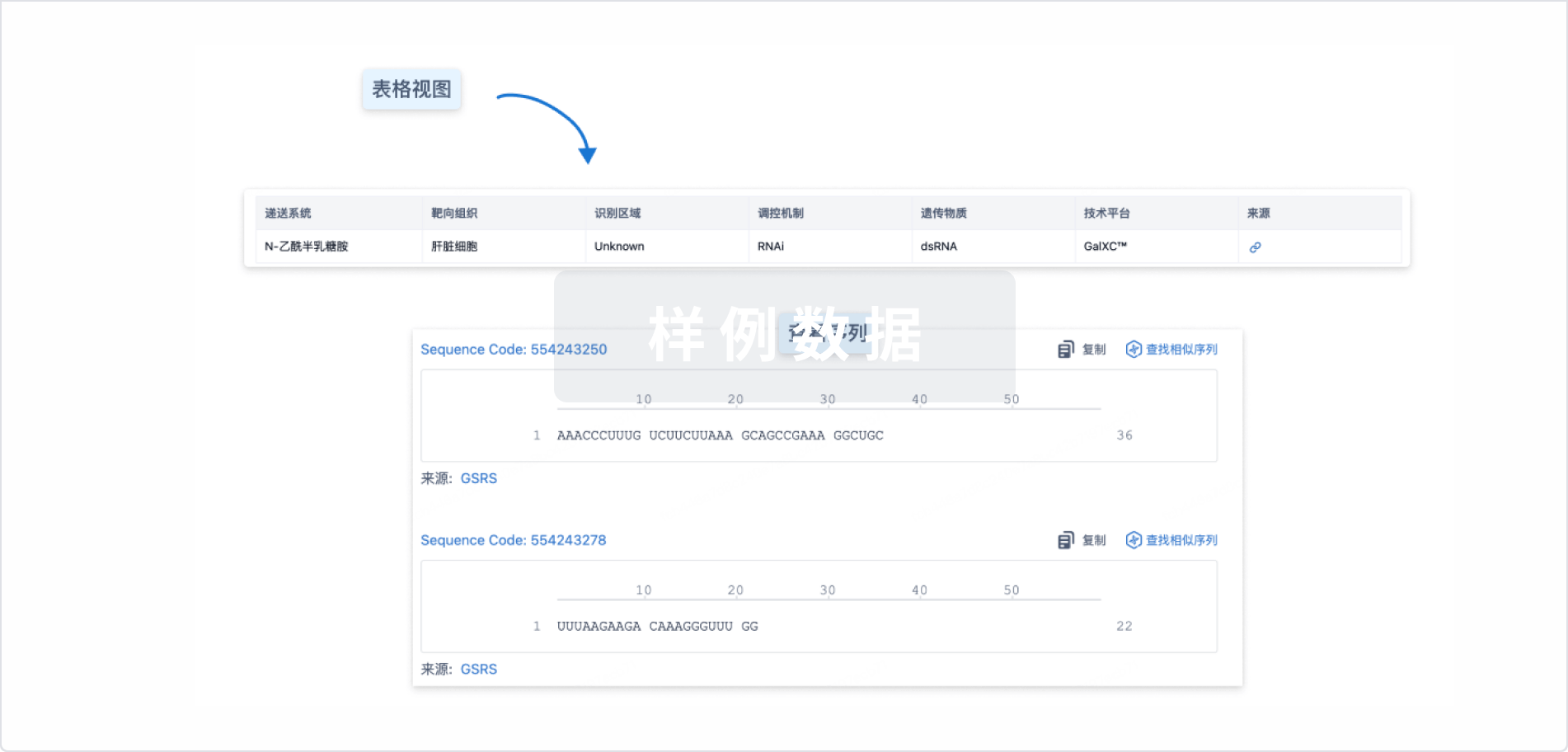AbstractNon–small cell lung cancer (NSCLC) accounts for approximately 85% of lung cancers, and KRAS mutations occur in 25% to 30% of NSCLC. Our approach to developing a therapeutic with the potential to target KRAS-mutant NSCLC was to identify a new target involved in modulating signaling proteins in the RAS pathway. Glutathione S-transferase P (GSTP), known as a phase II detoxification enzyme, has more recently been identified as a modulator of MAPK-related cell signaling pathways. Therefore, developing a GSTP siRNA may be an effective therapeutic approach to treat KRAS-mutant NSCLC. The lead drug product candidate (NBF-006) is a proprietary siRNA-based lipid nanoparticle comprising GSTP siRNA (NDT-05-1040). Here, studies using a panel of KRAS-mutant NSCLC cell lines demonstrated that NDT-05-1040 is a very potent and selective GSTP siRNA inhibitor. Our Western blot analysis showed that NDT-05-1040 effectively decreased the phosphorylation of MAPK and PI3K pathway components while upregulating apoptotic signaling cascade. Our in vivo studies revealed statistically significant higher distribution of NBF-006 to the lungs and tumor as compared with the liver. In the subcutaneous and orthotopic tumor models, NBF-006 led to a statistically significant and dose-dependent antitumor growth inhibition. Furthermore, quantitative image analysis of proliferating cell nuclear antigen and PARP staining showed that NBF-006 decreased proliferation and induced apoptosis, respectively, in tumors. Additionally, in a surgically implanted orthotopic lung tumor model, the survival rate of the NBF-006 treatment group was significantly prolonged (P < 0.005) as compared with the vehicle control group. Together, these preclinical studies supported advancement of NBF-006 into clinical studies.







